What movies are Romanian and Moldovan teens (still) directing?
An overview of the Romanian & Moldovan competition at Super, the international festival of art made by teenagers, which just got to its 9th edition
Over the years, Super Festival has built and spiritually maintained a true community, self-sufficient, made up of teenagers interested in cinema. What started as a simple event where young people showed their own films has become increasingly responsible from one edition to another, developing a whole national network of retrospectives and adjacent events, art education workshops (cinema, poetry, creative writing etc.), creative workshops, pitch sessions etc.
For the second year in a row, the selection was lead by the participants of the Zero la Purtare/Zero for Conduct workshop, held in collaboration with One World Romania. The curatorial team of this edition is made of Raluca Cocor, Miriam Gurguță, Arina Litvinova, Maria Mitulescu, Iulia Precup and Sânziana Șendroiu, who wrote the texts found below about the movies in the Romanian and Moldovan competition. The films are competing for the jury’s and public’s awards. This year, the jury is made of Călin Boto, Sarra Tsorakidis and Andra Tarara.
The festival started on the 30th of August, and will take place every evening, until the 5th of September, at Roaba de Cultură and Krănuț. The award gala will take place on Sunday at 7:30 PM at Roaba de Cultură and will be followed by a screening of the award-winning films. You can find the full schedule of the festival here.
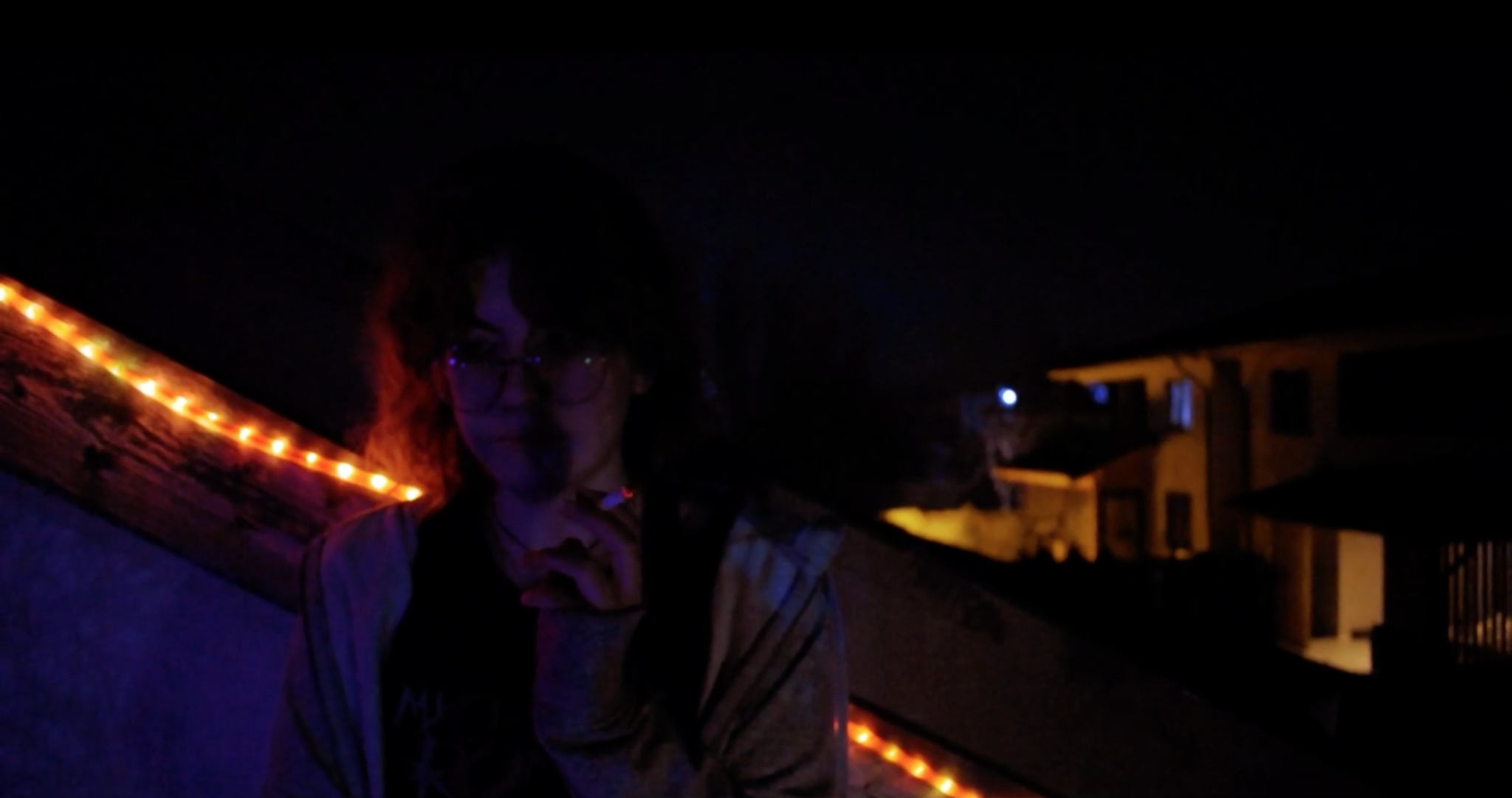
Hello? (Face to Face Section)
Hello? (dir. Ștefi Mihăilescu) restricts connections in an impulsive telephone call, which reaches the point of splitting a relationship hitherto interrupted by the impossibility of taking the initiative of communication. A sensitive portrait of adolescent relationships that are often interrupted by the weight of unspoken words, this film adds to the abundance of directions in which (in honor of the section title) there is a face-off. (Maria Mitulescu)
After not being in contact for months, one friend contacts the other and the two have to deal with how they left things, as memories unfold.

Quo Vadis, Vir? (Section Between the Walls of the Mind)
Quo Vadis, Vir? (dir. Petar Adžić) removes words, but does not silence us. The cinematic language seems to be limited, but the lack of a speaker offers an immersive experience, while confronting the fears and sufferings of the protagonists. (Iulia Precup)
A man decides to commit suicide. His whole life passes before his eyes.
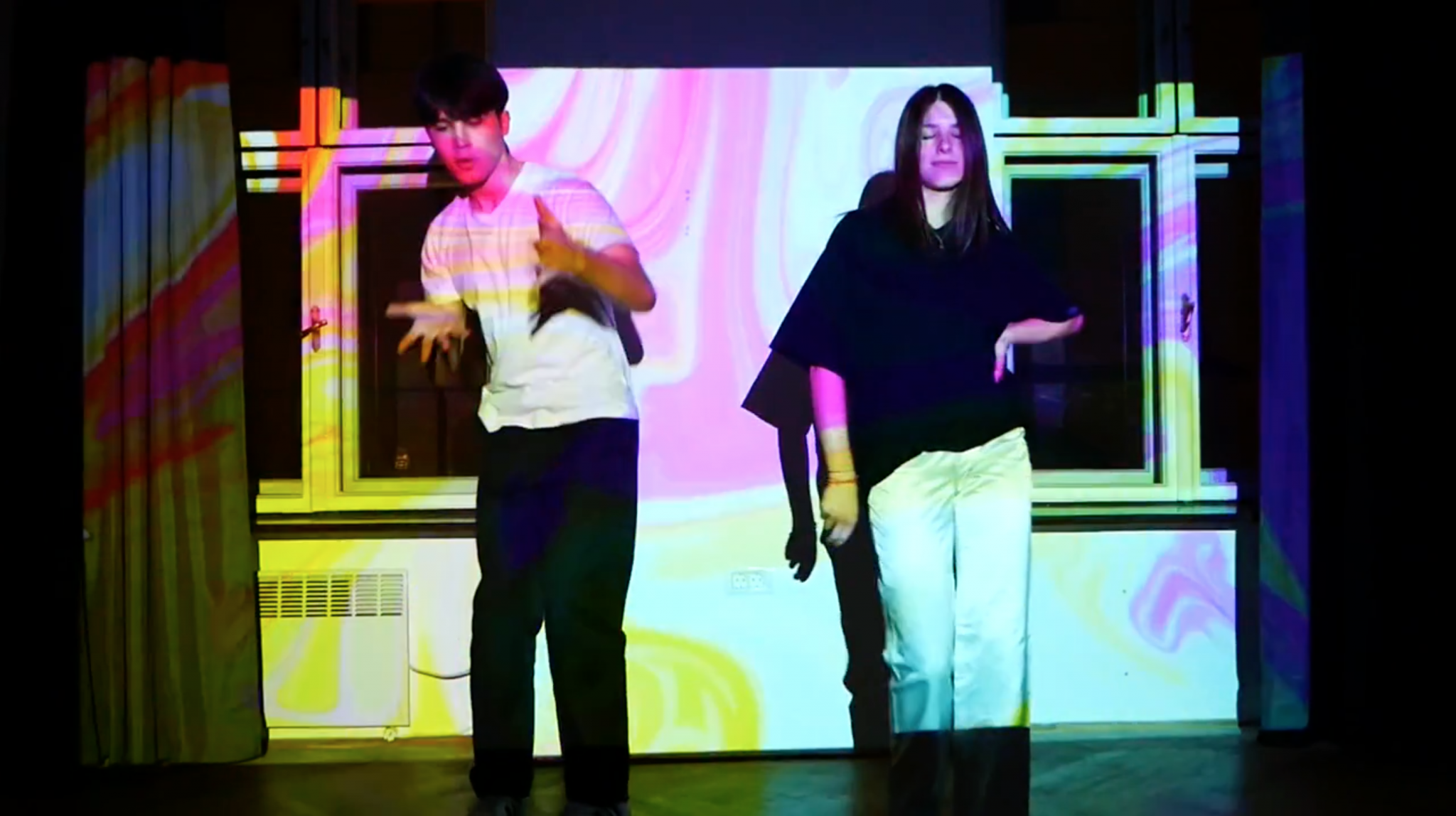
Small and Large (Section Who do you belong to?)
In the oscillating Small and Large (dir. Sofia Cusnir) we are involuntarily carried among the relationship between the meanings of the words, towards intrinsic efforts, until the very definition of our vision is questioned. The duality of the short varies between the two main characters: zero and one, her and him, black and white, small and large. The rhetorical question posed by the section cannot find a more sensitive answer than here: between white and black, they are gray, and between small and large, they are both small and large, but most importantly, they are medium. (Miriam Gurguță)
A film that raises questions about (in)significant things, about simplicity and the human nature of being (dis)satisfied.

Spoon (Rhythm and Colours Section)
The film (dir. Eva Chapkin) functions as an epilogue in which the idea of exploring is continued, this time about one’s own body in relation to others’. Their colors, shapes, sizes change the perception of the self. The protagonist becomes a mannequin, she wraps her own skin in movements. (Sânziana Șendroiu)
Referring to her most trusted comrades, Ada offers herself to a reflection.

The anatomy of the city (Republic of Moldova, Rhythm and Colors Section)
The Anatomy of the City is a pun, an exhibition of contrasts displayed along a long line from a school notebook, with plenty of space for drawings. This short film offers a mixture of ideas that take you through windows, telephone booths, pedestrian streets and x-rays, all of which have music waves as a common element. (Sânziana Șendroiu)
Starting from the analysis of the structures of the sense organs and using pieces of archive films, overlapped with a city frame completed with illustrations, in a dynamic and lively edit, the film builds the anatomy of the city through a parallel with human anatomy.
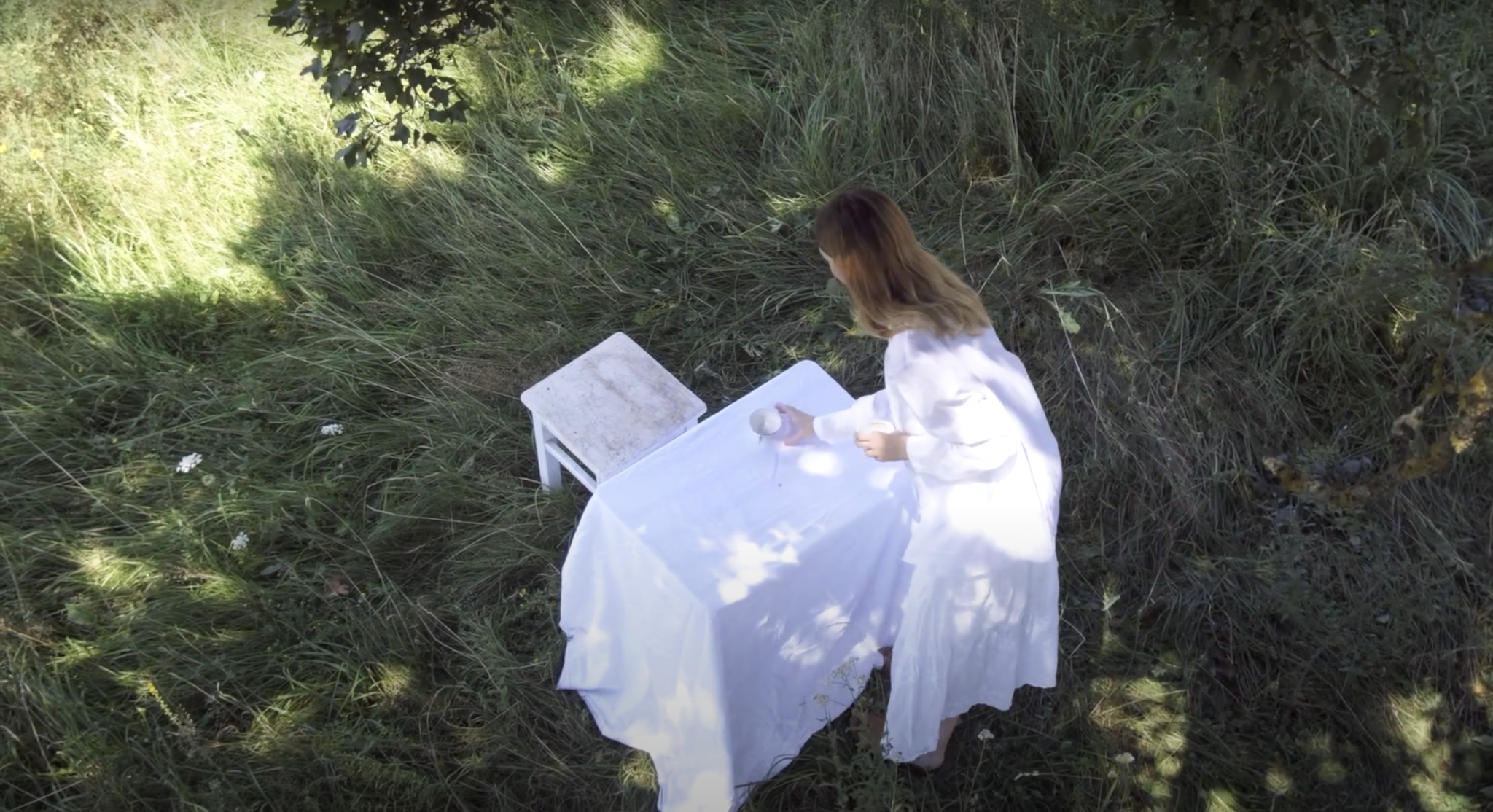
from the love lyrics of the world (healing spell section)
from the love lyrics of the world (dir. Alexandra Halmaghi) is a prayer to the earth and the sky, to a boundless love for light. (Raluca Cocor)
Do you realize how much you will miss a moment, while you live it? We cannot act against osmosis between souls. When it ends without our will, every memory becomes a dream that we write in a hurry when we wake up.

Certain plants do not need water (healing spell section)
The vegetal sphere invites transformation – a continuous adjustment of the being, both for adapting to the circumstances and for finding an inner balance.
The short film “Some plants do not need water” (dir. Carla Oncescu) brings together fragments of dialogue, short poems, personal archive sequences in a collage, that immerse us in the intimacy of the character, thus creating an arrangement that draws a vague border between the reality of the person visible on the screen and the suggested story. (Maria Mitulescu)
A video diary about loss, change and acceptance. Alexandra shares her most personal thoughts and lets herself be filmed in the hopeful and desperate moments of her transformation.

Coffee (Section Fiction Soup)
The first ingredient of the “fiction soup” is the short film Coffee (dir. Vlad Cocieru). While waiting for the blind-date, accompanied by echoes of jazz, we meet characters whose equivalents it is possible to identify among our own acquaintances. (Arina Litvinova)
While waiting for his blind date, Alex meets some old friends and makes some new ones.
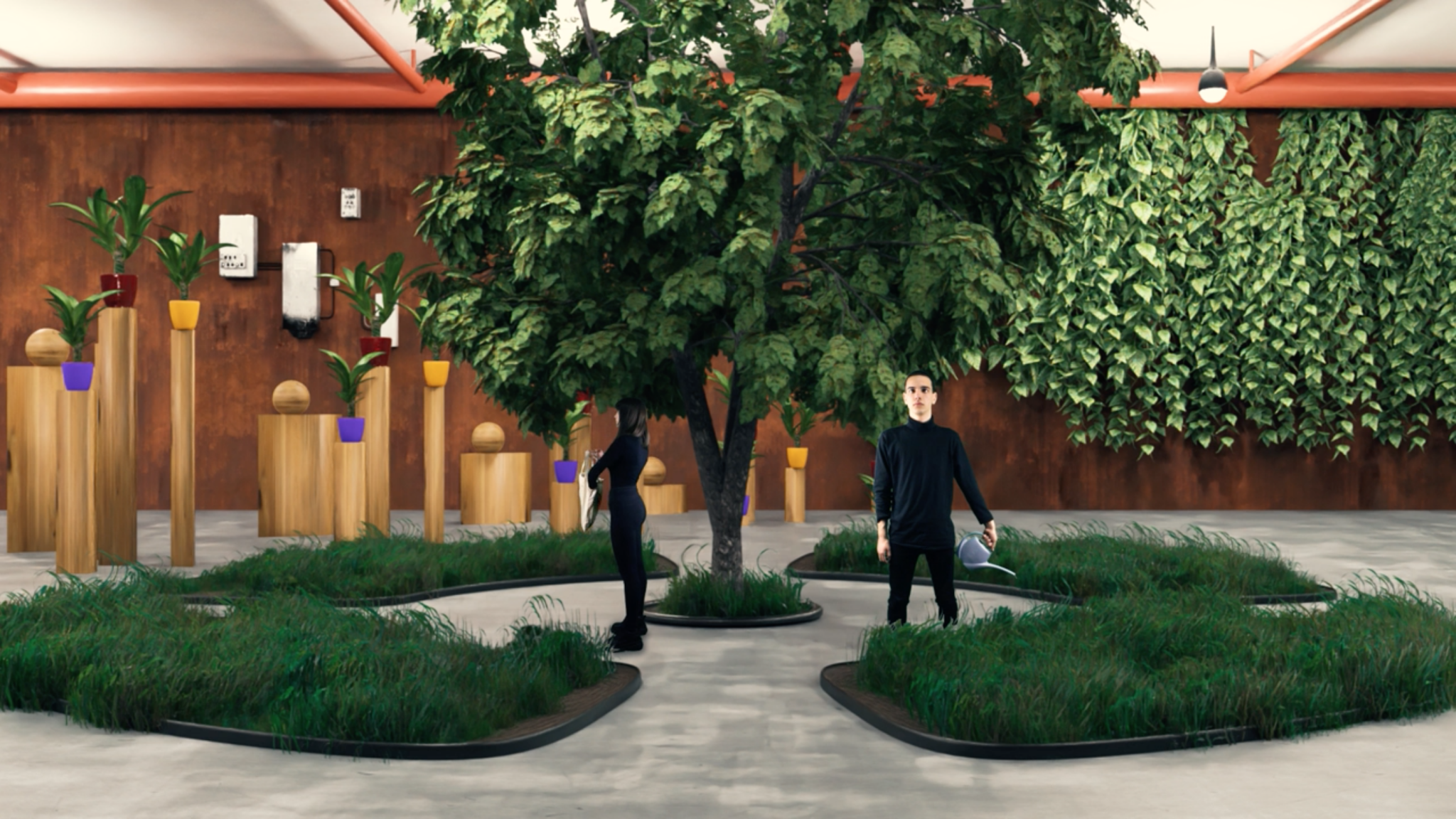
Stories from E.D.E.N. (Section Fiction Soup)
The film Stories from the E.D.E.N. (dir. Rareș Gabriel Vasilica) keeps the same anti-utopian attitude towards the future. Starting from a reimagined version of the biblical legend of Adam and Eve, in which Eden is no longer a garden, but a spaceship, an environment as supernatural in its essence as paradise, the film raises the question: will this be how post-apocalyptic humanity is reborn? (Arina Litvinova)
“Stories from the E.D.E.N.” it’s not a story set in heaven.
“Stories from the E.D.E.N.” it’s not a happy story.
“Stories from the E.D.E.N.” is not a story where we learn where we came from. Then what is it?

allegro, ma non troppo (Remote Lands Section)
The animation allegro, ma non troppo (dir. Maria Scutaru) tacitly introduces us to a foreign space, preparing us for a sensory journey. Maria’s animation builds her cinematic discourse on a warm, immersive soundtrack, Andrei leaving his film in the hands of ambient sounds. (Iulia Precup)
what is the colour red? and when do we lie for the first time? is there a patch of grass after? is it greener? and is it the real truth? when? do you remember? and now what am I? and who am I, if I’m the fog? three passages.
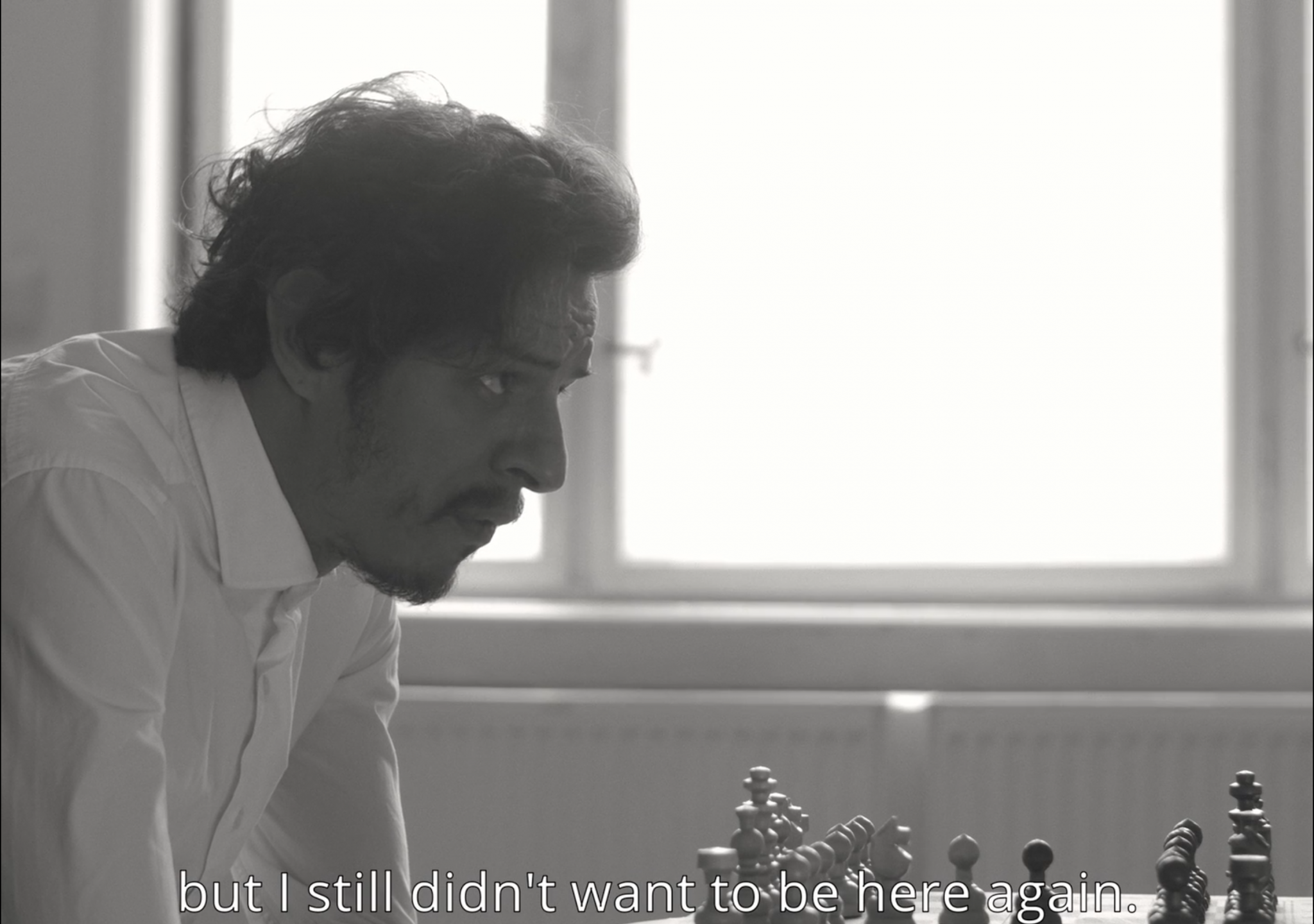
The Tie (Remote Lands Section)
The Tie (directed by Vlad Corb) brings another protagonist who is facing his traumas, this time an adult. (Iulia Precup)
A middle-aged man faces one of life’s greatest challenges – introspection. All this, caught in a game of chess, follows the organic decay of life that ends with a psychotic acceptance of reality.
An article written by the magazine's team
